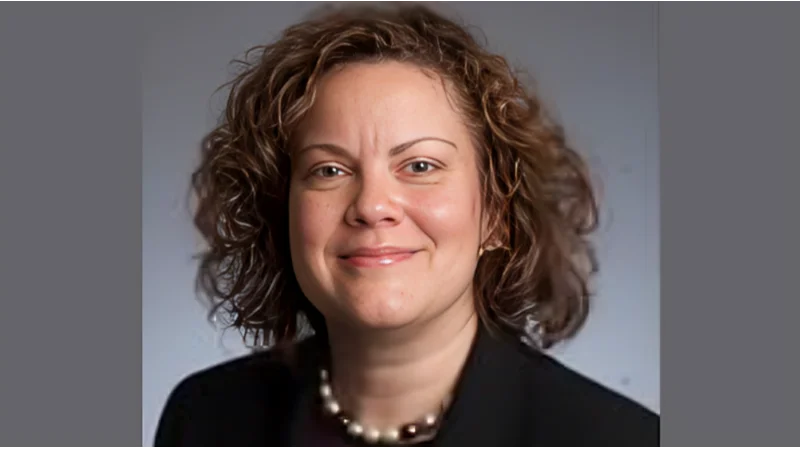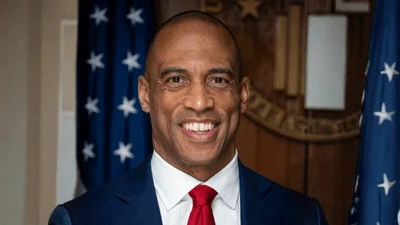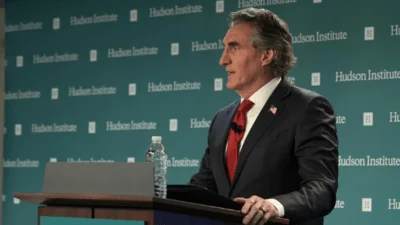The NFIB Small Business Optimism Index saw a slight decrease in October, dropping 0.6 points to 98.2, though it remains just above its 52-year average of 98. The Uncertainty Index also declined significantly, falling by 12 points from September to reach 88, the lowest level recorded this year.
“Optimism among small businesses declined slightly in October as owners report lower sales and reduced profits,” said NFIB Chief Economist Bill Dunkelberg. “Additionally, many firms are still navigating a labor shortage and want to hire but are having difficulty doing so, with labor quality being the top issue for Main Street.”
Alongside the release of October’s data, the NFIB announced the launch of its new podcast “Small Business by the Numbers.” Hosted by Holly Wade, Executive Director of the NFIB Research Center, and Peter Hansen, Director of Research and Policy Analysis, the podcast will cover topics relevant to small business economics.
Key survey findings indicate that 32% of business owners reported unfilled job openings for a second month in a row—a figure last seen at this level in December 2020 before August’s similar readings. Labor quality was cited as the most pressing problem by 27% of respondents in October—up nine percentage points from September—marking its highest share since November 2021 when it reached a record high.
Sales figures have been under pressure; a net negative 13% reported higher nominal sales over the past three months (down six points from September), while reports of positive profit trends fell by nine points to a net negative 25%. Both actual and planned price increases eased compared to September; still, price hikes remain above historical averages.
Inventory changes were mixed: inventory gains fell three points to net negative six percent on an adjusted basis. Ten percent reported increased stocks while fifteen percent noted reductions.
Supply chain disruptions continue to impact operations for many small businesses but have lessened somewhat; sixty percent reported some effect from supply issues in October—a four-point drop compared to September.
Expectations for better business conditions weakened further; only a net twenty percent expect improvements over the next period—a three-point decrease from last month and now at its lowest point since April. Despite this decline, expectations remain higher than their long-term average.
Hiring remains challenging: Of those attempting recruitment (56%), eighty-eight percent struggled with finding qualified applicants. A seasonally adjusted net fifteen percent plan new hires within three months—down one point from September—marking the first dip since May’s rise in hiring intentions.
Labor costs as a primary concern decreased by three percentage points (now at eight percent). Compensation increases slowed too: twenty-six percent raised pay (down five points), while nineteen percent plan raises over coming months (unchanged).
Investment activity was relatively steady: fifty-five percent made capital outlays recently (one point down), with expenditures focused on equipment purchases (36%), vehicles (22%), facility improvements or expansions (14%), fixtures/furniture (13%), or property acquisition/expansion (3%). Plans for future capital spending rose slightly to twenty-three percent.
Inflation concerns dropped marginally; twelve percent identified it as their main challenge—two percentage points lower than September's reading. Reports citing poor sales held steady at ten percent as their leading problem area.
Insurance costs remained unchanged as an issue for eight percent of owners; two percent flagged financing and interest rates—two percentage points below last month’s result—and five percent cited competition from larger businesses as their main obstacle.
The monthly survey data is drawn randomly from NFIB members nationwide and has been collected regularly since quarterly surveys began in late 1973 and monthly tracking started in 1986.





